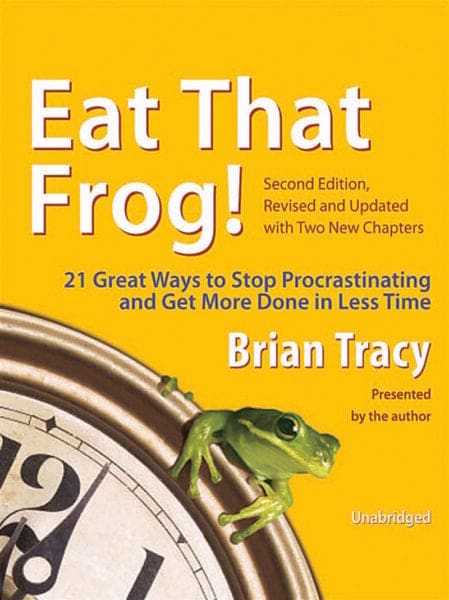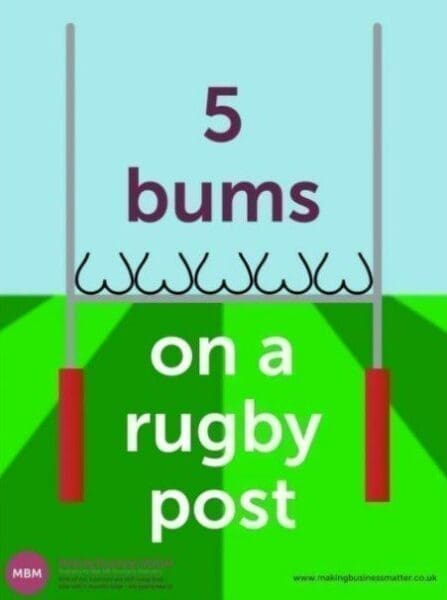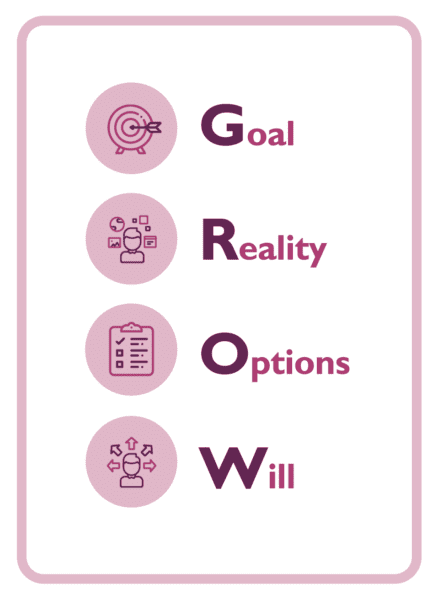Five a Day!
Back in 2018, Jack Ma said, “We have to teach our kids something unique, so that a machine can never catch up with us: values, believing, independent thinking, teamwork, care for others — the soft skills — sports, music, painting, arts, to make sure humans are different from the machine.” He is absolutely right. Most soft skills models aren’t taught at school, though maybe you took a few one-day training courses that taught you a nugget or two, and what you and I know about soft skills we learned as we went.
But in the age of the machines (yes, Terminator and Skynet come to mind), soft skills are the key to being human and achieving success, and we need to overtly improve these soft skills.
To that end, here are five soft skill models to learn and implement today:
1. ‘Eat That Frog’ To Develop The Time Management Soft Skill
As the saying, famously attributed to Mark Twain, goes, “Eat a live frog first thing in the morning and nothing worse will happen to you the rest of the day.” Brian Tracy, the time management expert, took this quote to heart with his book Eat That Frog, sharing the importance of prioritization. Now, most people understand the concept of prioritization. The part they struggle with is how to stop procrastinating before they work on their priorities.
When we start work, the go-to is often our inbox for a quick check, followed by QFE — “quick, fun and easy” work to break us in gently. We promise ourselves that we’ll get to that big client presentation later, only to find that meetings, emails and colleague conversations get in the way. Then we can only get to the important work when everyone else has gone home. Sadly, we use our lowest energy for our most important work.
This book suggests that if we can start our day with the toughest and most horrible task first, not only will we have used our best energy for our most important work, but we’ll feel great for the rest of the day.

2. The Trust Model To Develop The People Management Soft Skill
Trust can be a foggy and mysterious entity. There are some people we trust and some we don’t, though we couldn’t explain why — it’s just a feeling. What if there was a model that broke down trust into four simple parts that helped us to understand why we trust one person and not another? What if our lack of trust was usually based on one of the four parts being missing? Well, there is:
There are four parts to trust, as defined by authors David Maister, Charles M. Green and Rob Galford: credibility, reliability, intimacy and self-orientation. They are written as an equation of C + R + I / SO. The first three parts are added together and then divided by the fourth part.
• Credibility: If you ask me a question about a topic for which I am an expert, can I answer it?
• Reliability: If you ask me to do something and I agree, do I get it done on time and well?
• Intimacy: How well do we know each other beyond the basics of name, title and general stuff?
• Self-Orientation: How much do I talk about myself? Too much?
Think of someone you do not trust. It is likely that one of the above four parts is missing.

3. Push-Pull To Develop The Influencing Soft Skill
This simple yet effective model is called the push-pull influencing model. It focuses on whether you are a pusher or a puller. Pushers share what is in their heads. For example, a leader may share a vision, or a project manager may share the timeline. A puller seeks what is in your head. For example, they may ask questions when a client approaches with a new project, or want to understand a specific problem by asking the team for their input.
We tend to be one or the other, as a default. Which one are you? The challenge here isn’t that you need to be a pusher or a puller because they are both effective influencing styles. The challenge is to use the right style in the right situation. One or the other will likely be the most effective in a given situation.

Sticky Learning ® is 7 times more effective than 1-day training courses. Plus, you will get a Chain of Evidence proving your Return on Investment. Discover soft skills training that changes behaviours long term.

4. ‘Five Bums On A Rugby Post’ To Develop The Questioning/Influencing Soft Skill
In my experience discussing questions and harnessing the power of asking good questions, most people roll their eyes at “open and closed” questions. They want to say, “Darren, we know this — get on with it.” Yet in practice, most of my clients use closed questions, finding it surprising that they only scored 30% for open questions.
Open questions extract more information. Intellectually, we get it. In practice, we forget it. This metaphor will help you to remember to use more open questions: “five bums on a rugby post.” Imagine five W’s sitting side by side on a rugby post, which is an “H” shape. Each “W” represents the start of an open question: what, where, why, who and when, with the “H” being how. Remember to start each question with either a W or an H.

5. GROW To Develop The Coaching Soft Skill
Sir John Whitmore was the creator of the “GROW” coaching model in the 1980s. This has become more popular since Project Oxygen by Google, which showed the importance of coaching for leaders, yet also how poor we are at it.
When coaching a member of your staff, use this simple model as a structure to support them. The GROW model stands for:
• Goal: What do you want to achieve?
• Reality: Where are you now?
• Options: What choices do you have?
• Way Forward: What will you do next?

These five soft skill models can be learned quickly, used instantly and will help you to become the best version of the “soft skills” you.
Written by Darren A. Smith for Forbes.




